video game character designer career
How to get a job as a video games artist
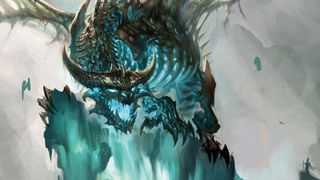
Want to work as an artist in video games? Then good news: the industry is booming and most studios are hiring. So how should you go about getting your dream job?
The first step is pretty straightforward: check out advertised jobs on your preferred company's website. Right now, for example, British games studio Creative Assembly has 37 roles listed on its careers page. There are also plenty of roles going on our design jobs page.
"We recruit in a wide range of fields," explains Kevin McDowell, the art director for its Total War series. "These include concept art, concept design, UI design, character design, animation, rigging/tech animation, technical art, real-time VFX, environment art, cinematics, illustration and art management. And we will scan the globe to find the right people."
Besides this groundwork though, what else do hopeful video game artists need to keep in mind? We spoke to recruiters from the video games studios to hear what they're looking for when hiring.
01. Target work that suits you
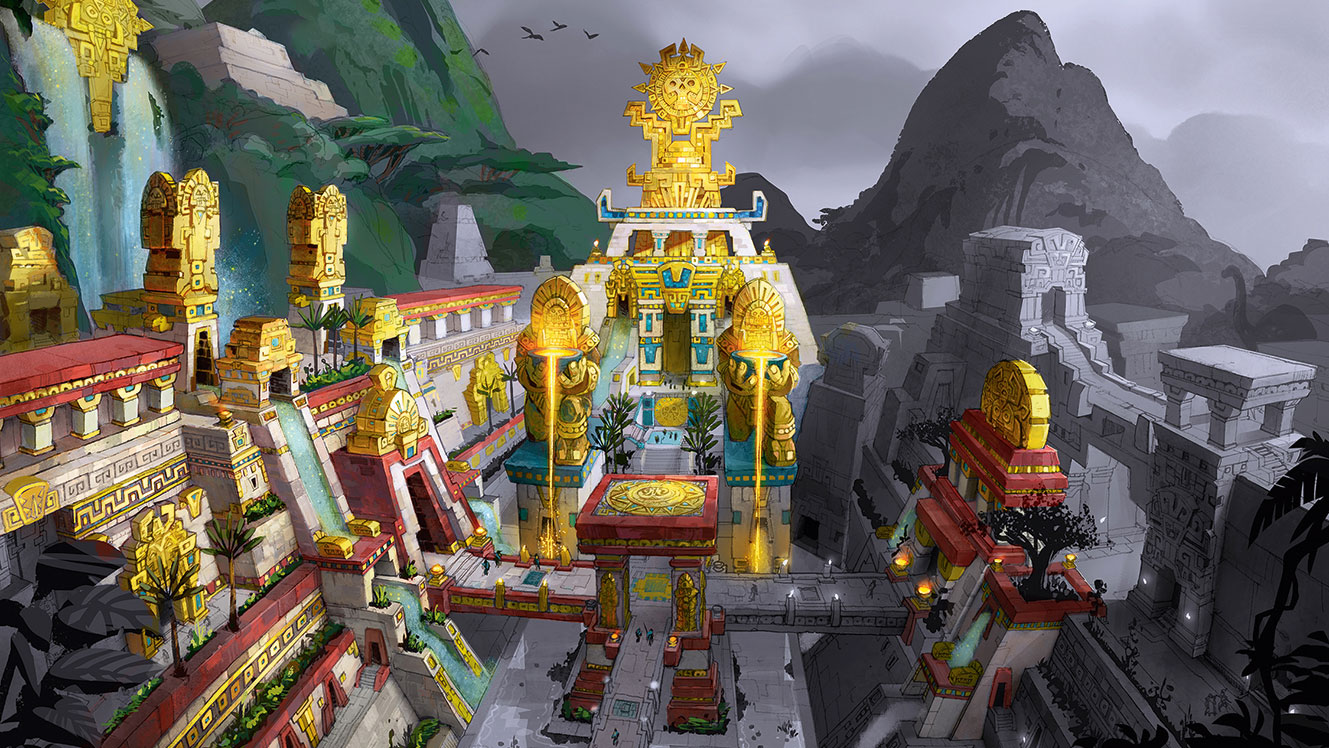
The 'right people' aren't just talented artists. More importantly, they're the perfect fit for the job. Which means it's vital to familiarise yourself with the company's games and tailor your portfolio precisely.
"Make sure it's not a big leap for the hiring manager to see you working in their team," stresses Johnny Taylor, who's the director of visual development at social games giant King. "You'd be amazed at how many artists apply to work on a game like Farm Heroes Saga, but they have a hardcore AAA-style portfolio and little else."
Instead, "each piece in your portfolio should be specifically designed to answer a question about your skill set," says McDowell. "See it from the art director's point of view. I'm looking for a very specific match between the role and your portfolio. For example, if I'm looking for a character artist I'll want to see both male and female characters. But amazingly, some portfolios I see feature only men or only women."
02. Refine your portfolio
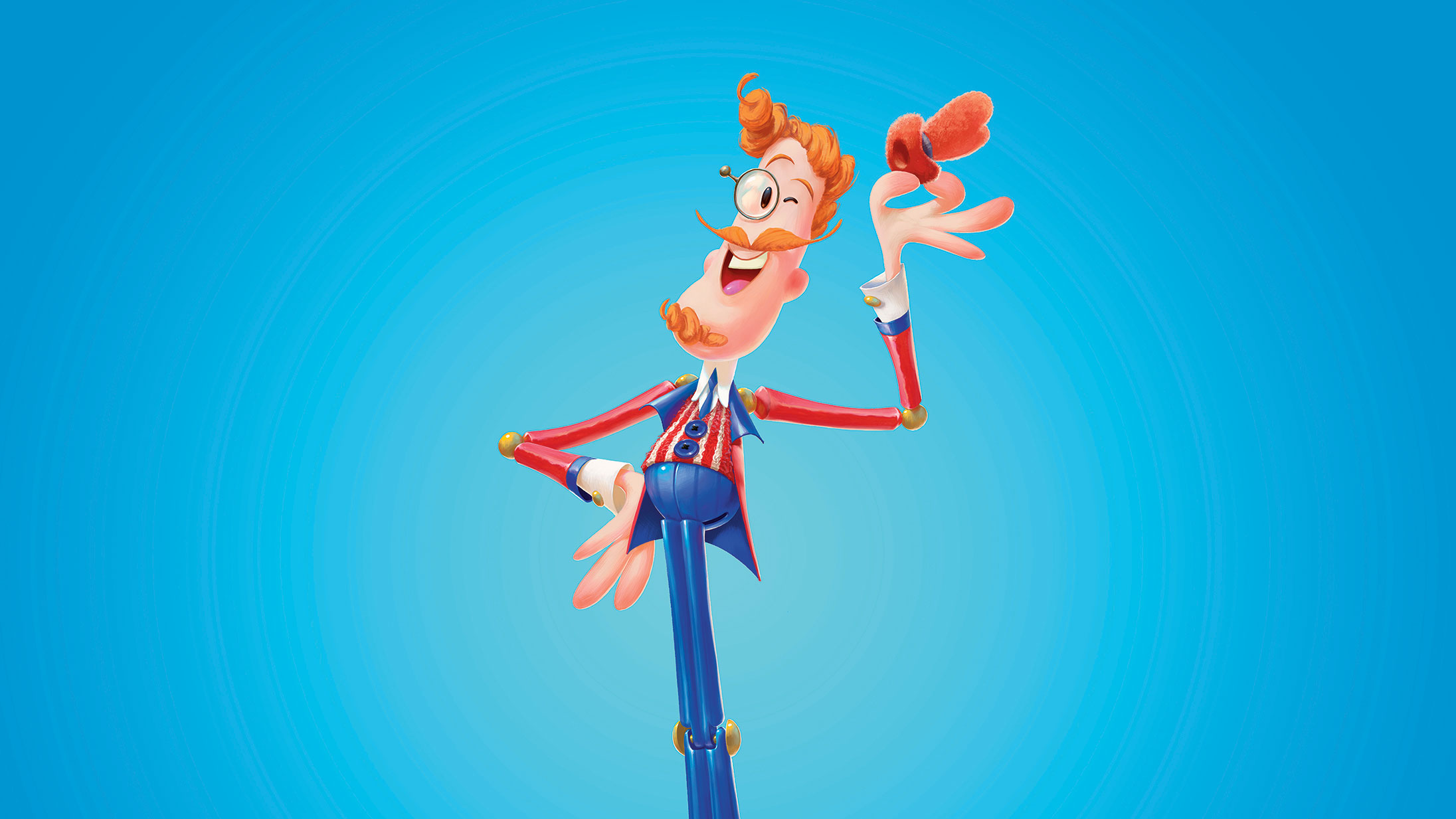
A common no-no when it comes to portfolios is just including complete work. "We don't just want to see the end result, we want to see how an artist gets to the final image," says Taylor. "Concepts, sketch books and moodboards all really help form a picture of what an artist is about. Often, inexperienced artists are scared of including this work in a portfolio, but it's so important to see how they work through an idea."
Atomhawk concept artist Drew Whitmore adds, "Keeping older, lower quality work in your portfolio is a common mistake. We want to see what you can do now."
Getting your CV right is also crucial, stresses Amy Madden, lead recruiter, story and franchise development at US games developer Blizzard Entertainment. "Most of those I see are missing details about what the applicant did in their current or previous role."
"Plus they're usually too brief – for example: 'Created concept art for [insert company name].' You need to give the recruiter more to go on. Did you work with a team of artists? Did you draw characters or environments? Did you work on colour keys or the lighting?"
And don't forget to link everything up, or you'll end up with one cheesed-off recruiter. "About a third of applications I see have no link to their portfolio in either their cover letter or résumé," says McDowell. "I'm dumbfounded at how common this is. I end up Googling the candidate's name plus ArtStation, in the hope that I'll find their work. So put your portfolio link everywhere: on your cover letter, on your CV, on the application form… everywhere!"
03. Brush up on your software skills
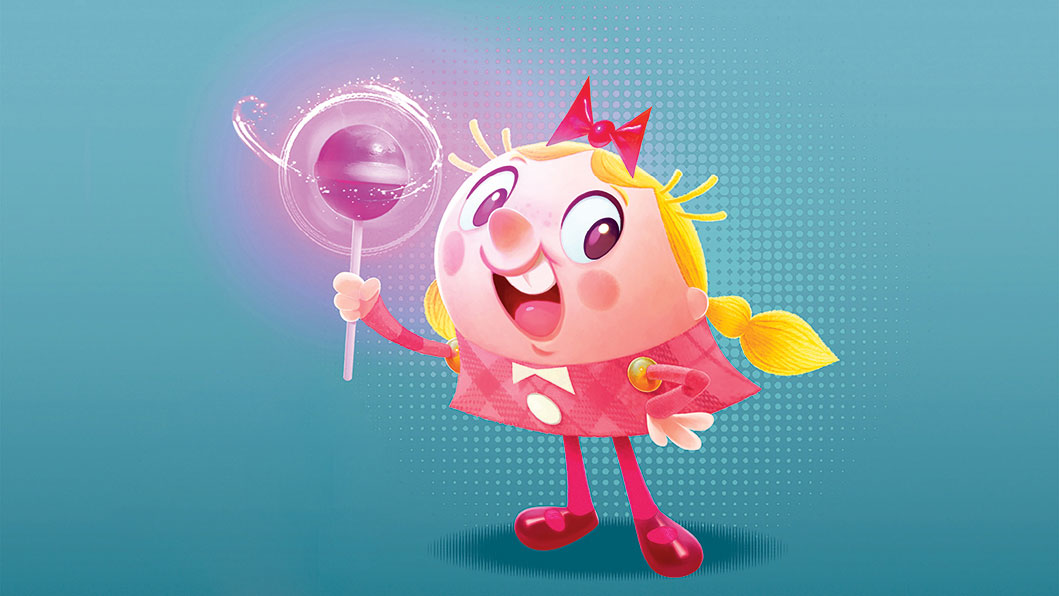
As well as crafting a winning portfolio and pitch, artists need to be aware of the software and tools used by the studio they want to work for. Many job ads will specify exactly which skills you need. If not, Photoshop CC, Illustrator CC and 3D packages such as Maya and ZBrush will always help your cause, while a broad knowledge of game engines like Unity will certainly be a bonus.
That said, every role is different and some companies are even software-neutral, so it pays to do your homework. Take, for example, online gaming company Yggdrasil, which is opening a studio in Barcelona next year.
"We're always on the lookout for illustrators, concept designers, 3D artists, animators, UI designers and graphic designers," says creative director Hendrik Blaauw. "I don't mind which software they choose to use – or indeed, whether they prefer PCs, Macs or Wacoms – as long as they deliver the quality that we're known for."
04. Put yourself out there
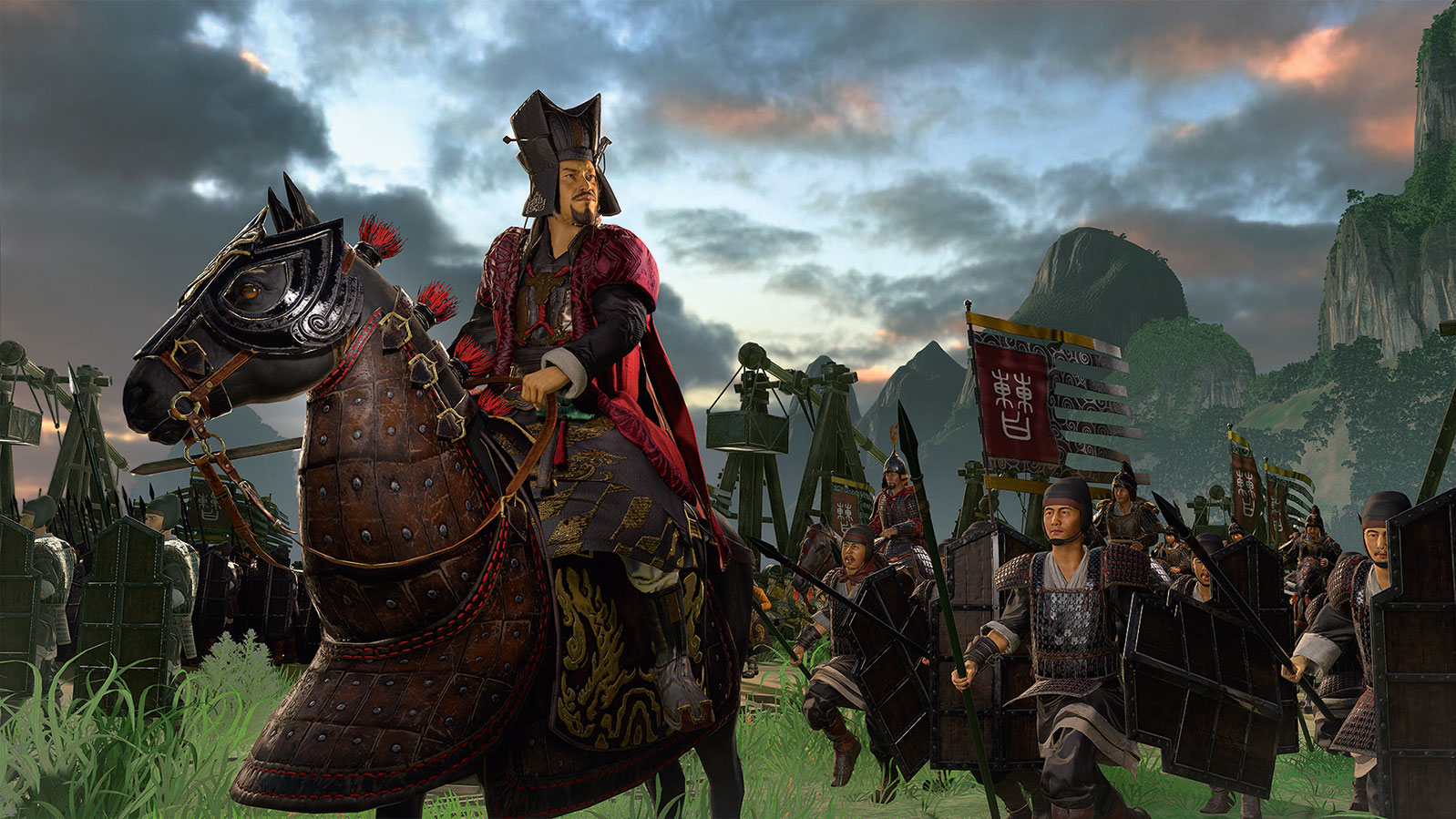
If you've having no luck with advertised jobs, most games studios do recruitment through other channels, too. "Recruitment fairs, conventions, portfolio reviews, email submissions and ArtStation are all channels through which we find artists," says Madden.
"I've met some amazing talent at events such as Comic-Con, SIGGRAPH, CTN and Game Developers Conference, not to mention coffee shops, LinkedIn and Game Developers Monthly Meetups. So my advice is to get yourself out there! Be visible in the artistic communities and to recruiters, and make it easy for recruiters to review your work, such as on your website, Instagram, ArtStation or YouTube."
As Whitmore reveals, Atomhawk considers everything from ArtStation, Facebook, word of mouth and website connections. "We recently hired the winner of our Atomhawk Art Challenge, which we ran earlier this year, and look forward to him joining the team soon. We're always on the hunt for and interested in hearing from talented people who we think we'd like to work with."
All those we spoke to for this article told a similar story. "When I set up the Yggdrasil art department, I turned to ArtStation and hand-picked all the artists I felt we needed," says Blaauw. "We've started attending conventions in Europe and the US, where we had portfolio reviews and that's worked well for us."
"But I'm always on the lookout for talent, so I still check ArtStation daily." Many artists hold back from posting online, because they don't want to engage in a popularity contest. But by and large, recruiters don't really care how many likes or followers you have."
"Social media is helpful for being spotted by art directors and other hiring managers, but that's all we're really interested in," says McDowell. "We're looking for artists who produce the sort of work that we can use – that's it. So make sure it's visible to us, and don't worry about the numbers."
05. Do your research
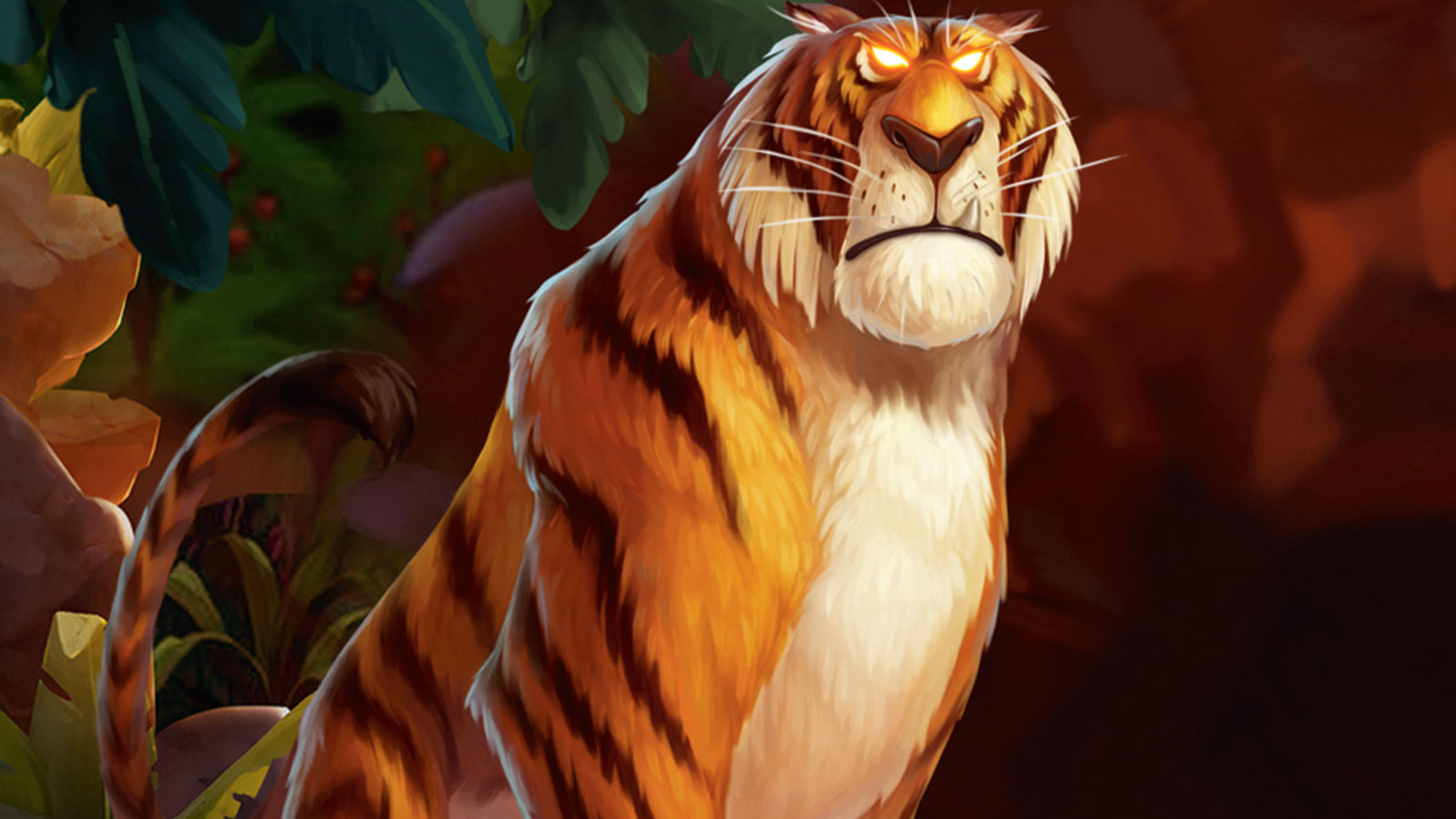
If you do get an interview, here's one final piece of advice from McDowell. "Please be familiar with our games," he urges. "Play them if you can. If you can't, then watch gameplay videos and trailers on YouTube. If you've not bothered to do this basic level of preparation, then it's a huge red flag to us."
And finally he says, "At an interview it's okay to be nervous or excited, to be an introvert or extrovert – but be engaged, positive and curious."
This article was originally published in issue 169 of ImagineFX , the world's best-selling magazine for digital artists. Buy issue 169 or subscribe here .
Related articles:
- How to create a video game character in ZBrush
- Design a playable avatar for a video game
- 11 best video game character designs

Tom May is a freelance writer and editor specialising in design, photography and tech. He is author of Great TED Talks: Creativity, published by Pavilion Books. He has previously been editor of Professional Photography magazine, associate editor at Creative Bloq, and deputy editor at net magazine.
Related articles
video game character designer career
Source: https://www.creativebloq.com/features/how-to-get-a-job-as-a-video-games-artist
Posted by: taylorhimbeyer.blogspot.com

0 Response to "video game character designer career"
Post a Comment